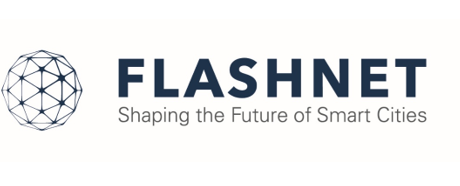Writing for the NEMA blog, Michael Poplawski, Principal Investigator for Connected Lighting Systems Research, Pacific Northwest National Laboratory, says connected lighting systems have a potential to provide a range of electric grid services. PNNL is now actively investigating these capabilities.
He writes:
Among the many ways LED lighting is changing the definition of what lighting can do and be is by enabling the development of connected lighting systems (CLS). LED technology facilitates the integration of intelligence, network interfaces, and sensors into lighting devices, which can result in reduced energy consumption and improved lighting performance. But CLS also has the potential to provide a broad range of electric grid services, particularly those that rely on a fast load modulation (such as frequency regulation)—for which many other building end uses (e.g., heating, ventilating, and air conditioning) are not well suited. While that potential has yet to be proven or quantified, a team of researchers at the U.S. Department of Energy’s (DOE) Pacific Northwest National Laboratory (PNNL) is working to do just that. Through modeling and simulation, followed by lab and field testing, PNNL is investigating the ability of connected lighting systems to deliver grid services over a wide range of building and grid operating conditions, in ways that meet lighting-user needs and expectations.
Click here to check it out.

























